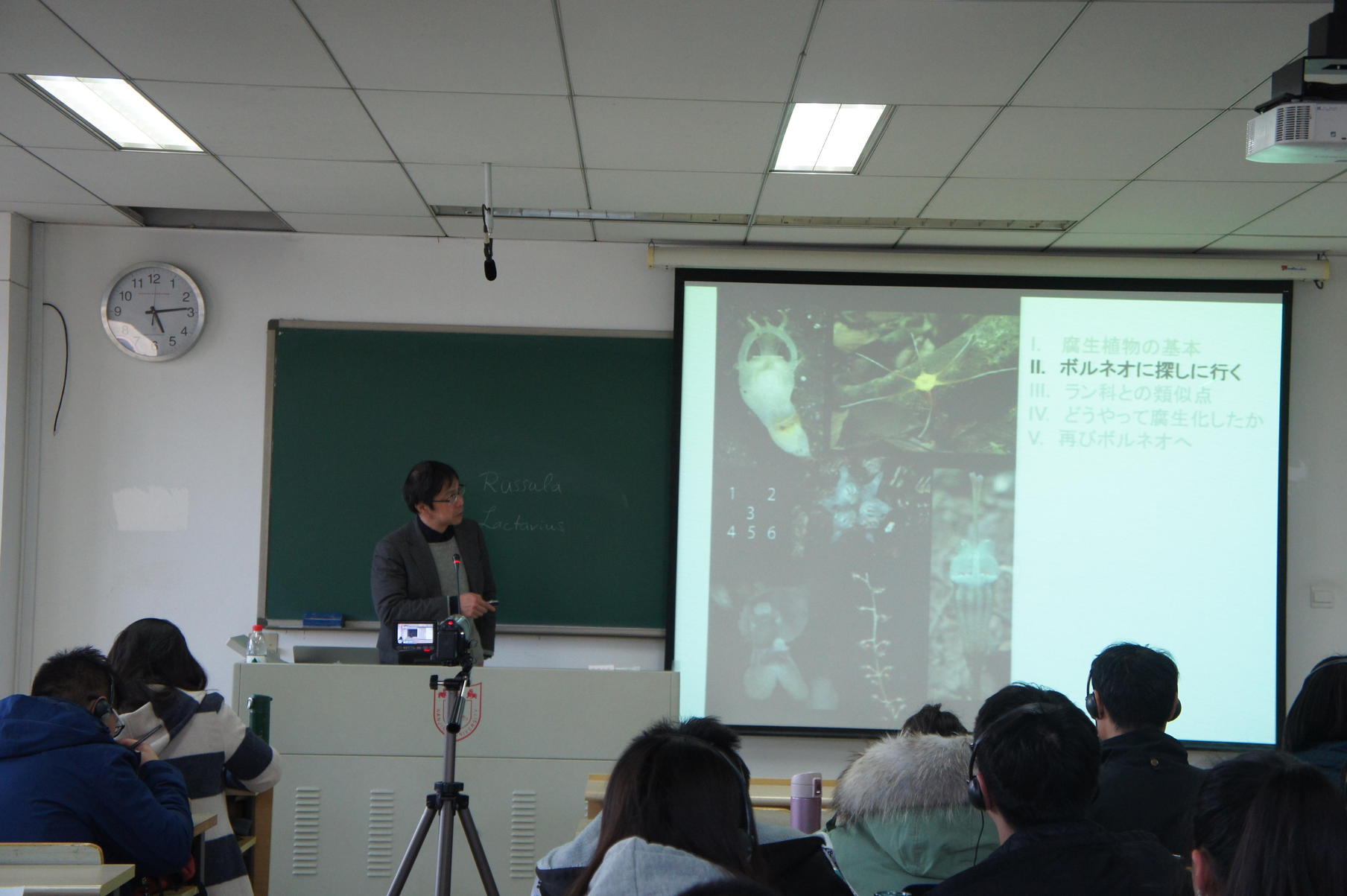I Want to Learn How to Think Beyond Academic Disciplines
Vol.1 2018.03.05 Hirokazu Tsukaya
The Plants that Eat Forests: Searching for the Saprophytes: The Fields, Plants and Food in a Tropical Rain Forest of Southeast Asia

There are the plants called saprophytes that eat forests. They have no green leaves and decompose fungi by using their roots. It is their way of obtaining nutrition, and it is their way of life. Therefore, recently they have become known as a type of parasitic plant. Concerning the fact that these fungi ingest nutrition from forests, it may safely be said that saprophytes are the plants which eat forests. Saprophytes can help measure forests’ conditions. Through evolution, this plant has developed a rather unusual shape. However, as they have no leaves, they tend to be noticed only when other flowers surrounding them begin to bloom. For that reason, saprophytes are the plants which have not been fully examined yet. I am going to refer to these saprophytes first, then, I will talk about the investigation on the island of Borneo, the place where many kinds of saprophytes exist. Not only the plants, but also the unique local food there will be mentioned as well.
- Instructor
-
- Hirokazu Tsukaya
- Born in 1964. He is a Professor of the Department of Biological Sciences, the Graduate School of Science, the University of Tokyo and the director of the Koishikawa Botanical Garden. His special field is molecular and developmental genetics of plants. His topic is to study plants focusing on understanding of <plant life> via new findings on genetic regulation of leaf shape/size and on mechanisms of leaf shape diversity.
Post a Comment
- Other Lessons